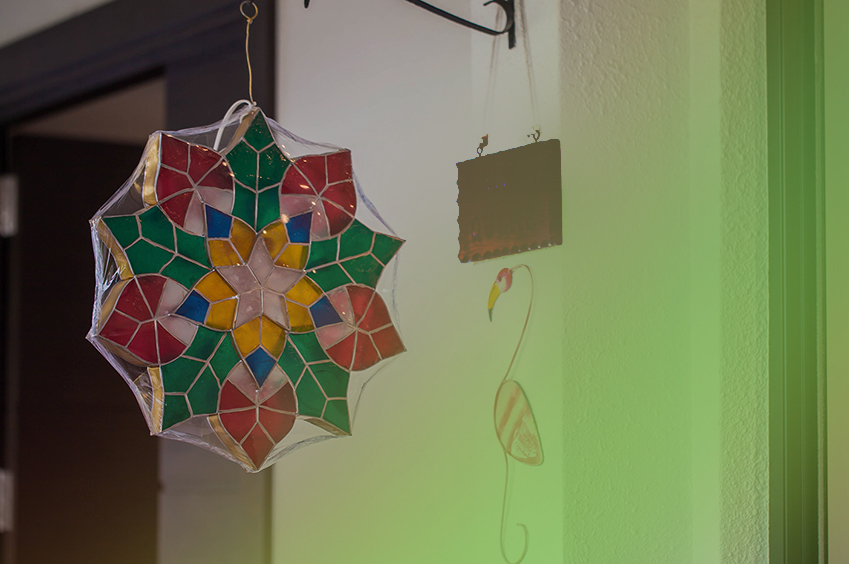
For Filipinos, the Parol (pronounced pah-roll) or Christmas Lantern is a quintessential symbol of the Christmas season. Its significance to Filipinos has been likened to what the Christmas tree means to the western world. Every year, the sight of Christmas lanterns adorning homes and buildings and hanging along street lamps never fails to bring a sense of anticipation and excitement!
The ubiquitous parol is replete with meaning and historical significance. With its traditional star-shaped design, it is believed to represent the Star of Bethlehem that guided the Three Wise Men to Jesus’ manger. Craftsman Francísco Estanislao, from the northern province of Pampanga in the Philippines, is widely attributed to have created the first parol made in 1908. Interestingly, there are varying accounts of the original materials used, with some claiming that it was bamboo strips covered with papel de japon (Japanese paper) and illuminated by a candle or kalburo (carbide), while others claim it was bamboo and coco cloth. Nonetheless it is likely he was inspired by the Christian traditions introduced by the Spaniards in the Philippines in the 16th century. Such lanterns were used to light the path of those heading out to church to attend the Simbang Gabi (or Yuletide dawn masses) which begins on the 16th of December.
What was once a simple lantern made of bamboo strips and Japanese paper has evolved into more elaborate and illuminated versions that we commonly see today, the most popular of which is the capiz or seashell lantern.
Beyond its cultural significance, there are many reasons why the parol remains one of the most popular Christmas ornaments. The parol’s vibrant hues and twinkling lights perfectly represent the colorful celebration attached to the festive season; it also celebrates the skill and ingenuity of Filipino craftsmen. Painstakingly handcrafted in popular places such as Pampanga, they are made from various materials, with capiz (seashell) lanterns as one of the most popular and recognizable variety.
Since Filipinos are known to have the longest Christmas celebration in the world, these parols can be seen as early as the first day of September, all the way until January after the festival of the Epiphany. Parols give a unique vibe to homes and along the streets throughout the Christmas season.
